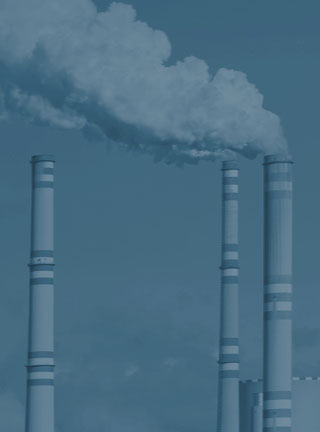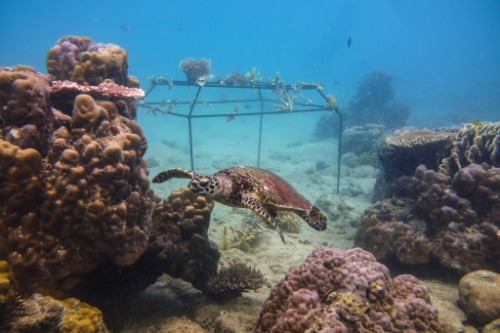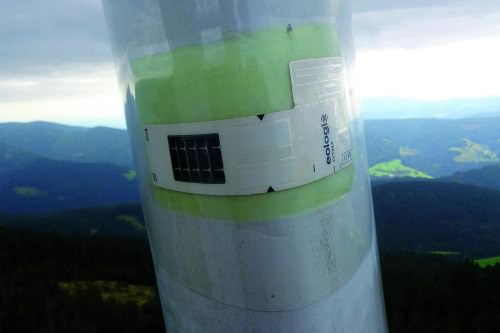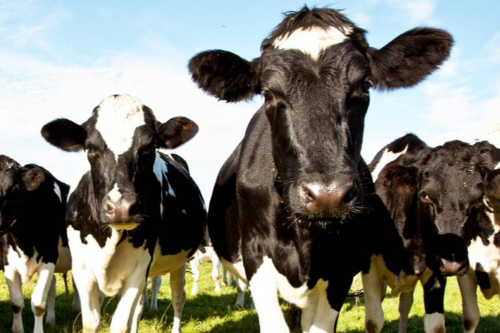Solutions to global warming
How to stop global warming?
Global warming is likely to be the greatest threat of the 21st century. Find out its causes and effects, but most importantly the solutions to prevent climate change.

Climate experts are formal: the Earth is warming up at a steady pace. The reason for this is the increase in human-caused greenhouse gases, which has led to health, ecological and humanitarian crises.
Despite this, the fight against climate change is a real opportunity to transition to a low carbon society, creating jobs, innovation and social justice locally and internationally.
What is the meaning of global warming? What are the causes of global warming and its consequences? And finally what are the possible solutions?
01. Solutions
Global warming solutions
The Solar Impulse Label is granted to innovative solutions to global warming that meet high standards of sustainability and profitability.
Each solution goes through a strict assessment process performed by independent experts.
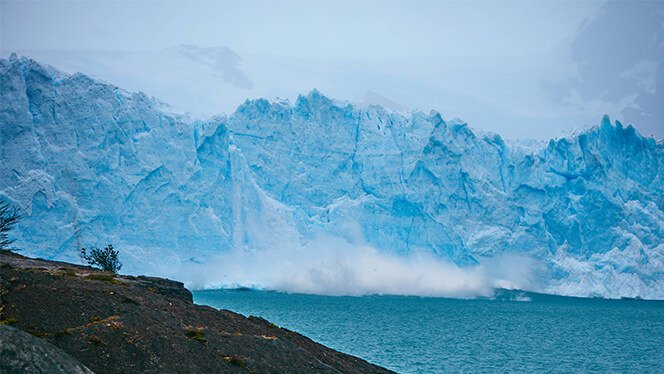
02. Definition
What is global warming?

Global warming is a phenomenon of climate change characterized by a general increase in average temperatures of the Earth, which modifies the weather balances and ecosystems for a long time. It is directly linked to the increase of greenhouse gases in our atmosphere, worsening the greenhouse effect.

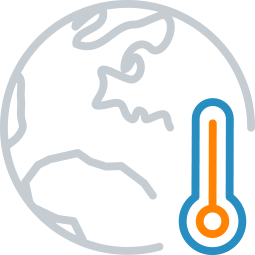
In fact, the average temperature of the planet has increased by 0.8º Celsius (33.4° Fahrenheit) compared to the end of the 19th century. Each of the last three decades has been warmer than all previous decades since the beginning of the statistical surveys in 1850.
At the pace of current CO2 emissions, scientists expect an increase of between 1.5° and 5.3°C (34.7° to 41.5°F) in average temperature by 2100. If no action is taken, it would have harmful consequences to humanity and the biosphere.
03. Causes
Global warming causes
The greenhouse effect is a natural phenomenon. However, the increase in greenhouse gases is linked to human activities. It is thus no surprise that the world's leading climate scientists believe that human activities are very likely the main cause of global warming since the mid-twentieth century, mostly because of:
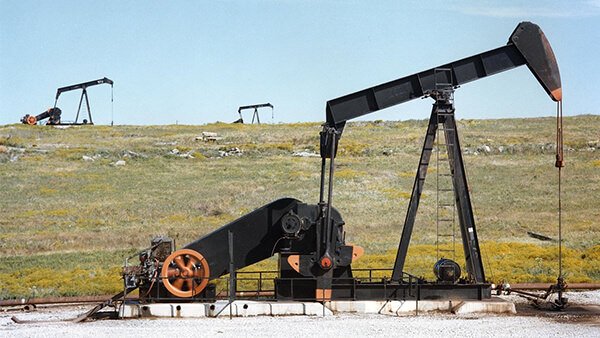
Fossil fuels
The massive use of fossil fuels is obviously the first source of global warming, as burning coal, oil and gas produces carbon dioxide - the most important greenhouse gas in the atmosphere - as well as nitrous oxide.

Deforestation
The exploitation of forests has a major role in climate change. Trees help regulate the climate by absorbing CO2 from the atmosphere. When they are cut down, this positive effect is lost and the carbon stored in the trees is released into the atmosphere.

Intensive farming
Another cause of global warming is intensive farming, not only with the ever-increasing livestock, but also with plant protection products and fertilizers. In fact, cattle and sheep produce large amounts of methane when digesting their food, while fertilizers produce nitrous oxide emissions.
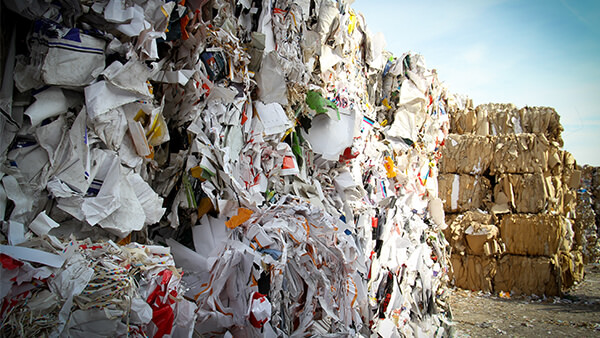
Waste disposal
Waste management methods like landfills and incineration emit greenhouse and toxic gases - including methane - that are released into the atmosphere, soil and waterways, contributing to the increase of the greenhouse effect.
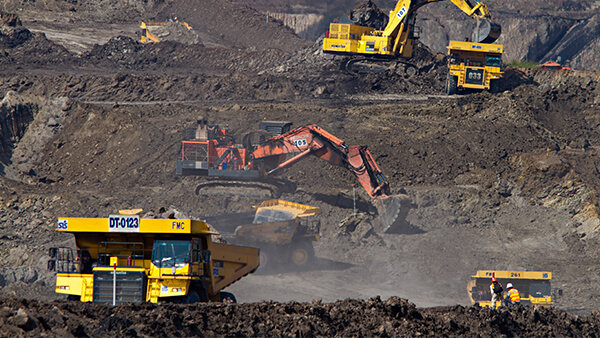
Mining
Modern life is highly dependent on the mining and metallurgical industry. Metals and minerals are the raw materials used in the construction, transportation and manufacturing of goods. From extraction to delivery, this market accounts for 5% of all greenhouse gas emissions.
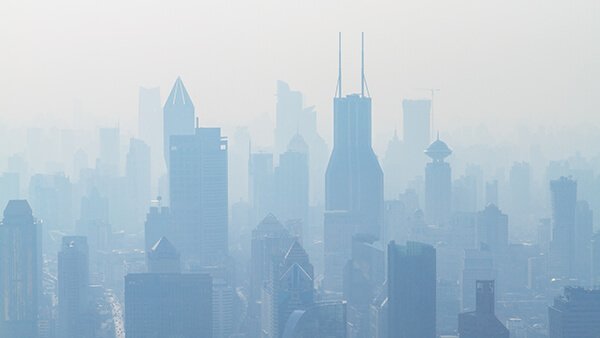
Overconsumption
Finally, overconsumption also plays a major role in climate change. In fact, it is responsible for the overexploitation of natural resources and emissions from international freight transport, which both contribute to global warming.
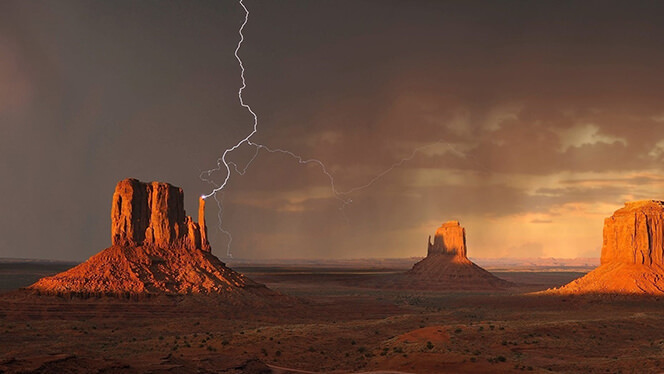
04. Effects
Global warming effects
Here are some consequences that are documented in the Intergovernmental Panel on Climate Change Special Report on Global Warming:

1. On biodiversity
The increase of temperatures and the climate upheavals disturb the ecosystems, modify the conditions and cycles of plant reproduction. The scarcity of resources and climate change are changing life habits and migratory cycles of animals. We are already witnessing the disappearance of many species - including endemic species - or, conversely, the intrusion of invasive species that threaten crops and other animals.
Global warming therefore impacts biodiversity. It is the balance of biodiversity that is modified and threatened. According to the IPCC, a 1.5°C (34.7°F) average rise might put 20-30% of species at risk of extinction. If the planet warms by more than 2°C, most ecosystems will struggle.
2. On oceans
Because of global warming, permafrost and ice are melting massively at the poles, increasing the sea level at a rate never known before. In a century, the increase reached 18 cm (including 6 cm in the last 20 years). The worst case scenario is a rise of up to 1m by 2100.
The acidification of the oceans is also of great concern. In fact, the large amount of CO2 captured by the oceans makes them more acidic, arousing serious questions about the adaptability of seashells or coral reefs.
3. On humans
Human beings are not spared by these upheavals. Climate change is affecting the global economy. It is already shaking up social, health and geopolitical balances in many parts of the world. The scarcity of resources like food and energy gives rise to new conflicts.
Rising sea levels and floods are causing population migration. Small island states are in the front line. The estimated number of climate refugees by 2050 is 250 million people.
4. On the weather
For decades now, meteorologists and climatologists around the world have been watching the effects of global warming on the weather phenomena. And the impact is huge: more droughts and heatwaves, more precipitations, more natural disasters like floods, hurricanes, storms and wildfires, frost-free season, etc.
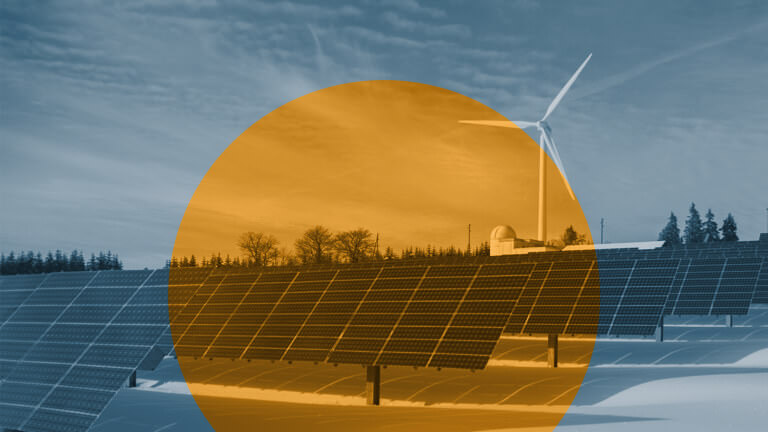
05. Prevention
Global warming prevention
Good news - there are ways to reduce global warming. But how to react to climate change? What solutions to consider?

1. Renewable energies
The first way to prevent climate change is to move away from fossil fuels. What are the alternatives? Renewable energies like solar, wind, biomass and geothermal.

2. Energy & water efficiency
Producing clean energy is essential, but reducing our consumption of energy and water by using more efficient devices (e.g. LED light bulbs, innovative shower systems) is less costly and equally important.

3. Sustainable transportation
Promoting public transportation, carpooling, but also electric and hydrogen mobility, can definitely help reduce CO2 emissions and thus fight global warming.

4. Sustainable infrastructure
In order to reduce the CO2 emissions from buildings - caused by heating, air conditioning, hot water or lighting - it is necessary both to build new low energy buildings, and to renovate the existing constructions.

5. Sustainable agriculture & forest management
Encouraging better use of natural resources, stopping massive deforestation as well as making agriculture greener and more efficient should also be a priority.

6. Responsible consumption & recycling
Adopting responsible consumption habits is crucial, be it regarding food (particularly meat), clothing, cosmetics or cleaning products. Last but not least, recycling is an absolute necessity for dealing with waste.
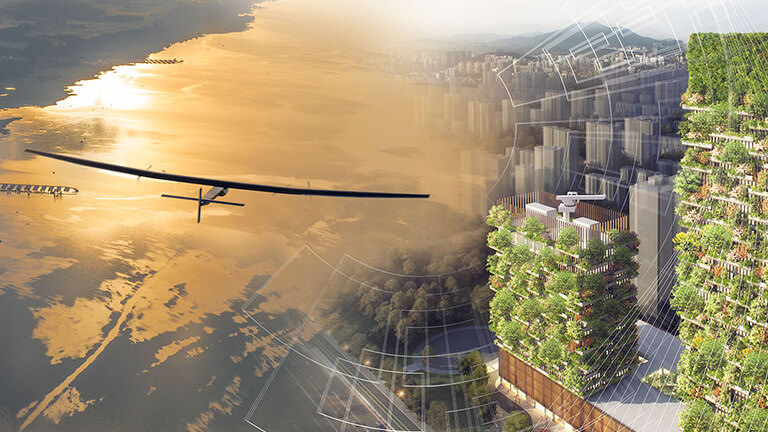
A challenge, #1000 Solutionsto change the world

A label focused on both the environment and profitability.
For the first time a label proves the economic profitability of solutions that protect the environment. The Solar Impulse Foundation is selecting 1,000 solutions that protect the environment in a profitable way and awarding them the Solar Impulse Efficient Solutions Label.
Collaborating with independent experts and with renowned institutions, the World Alliance proposes to evaluate its members solutions free of charge. The Solar Impulse Efficient Solutions label will offer a competitive edge to innovators and a guarantee of quality to solution seekers.

A label focused on both the environment and profitability.



